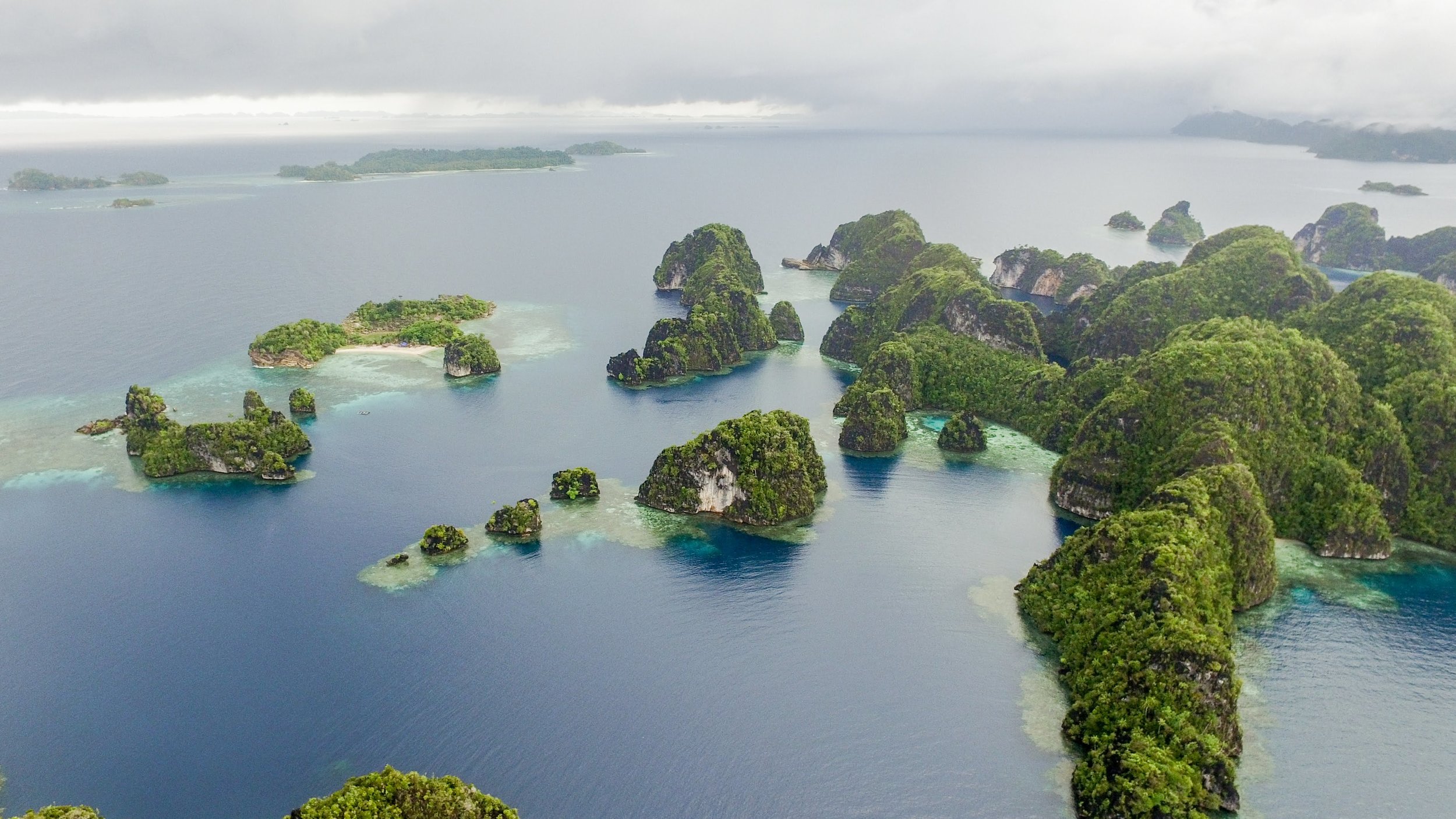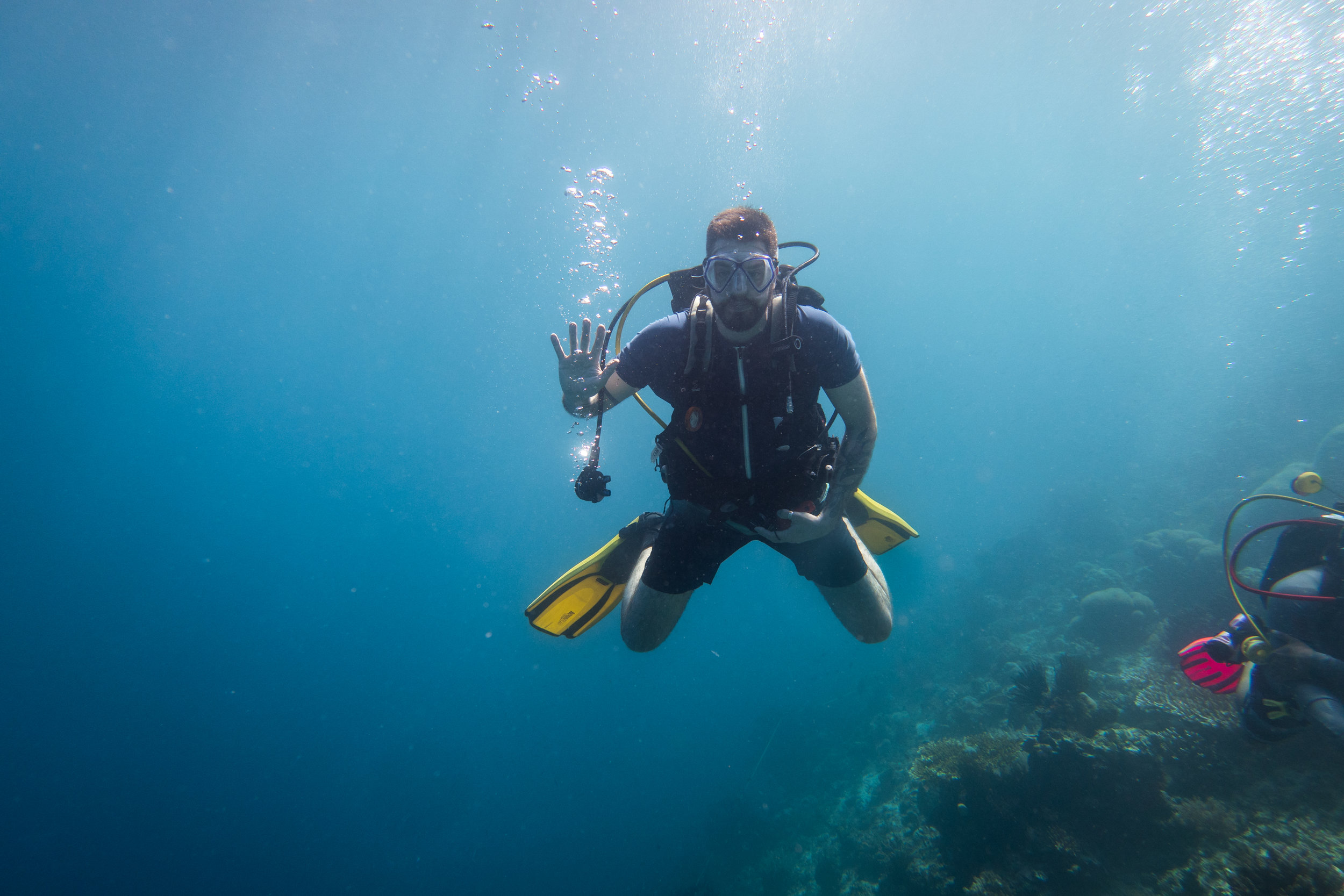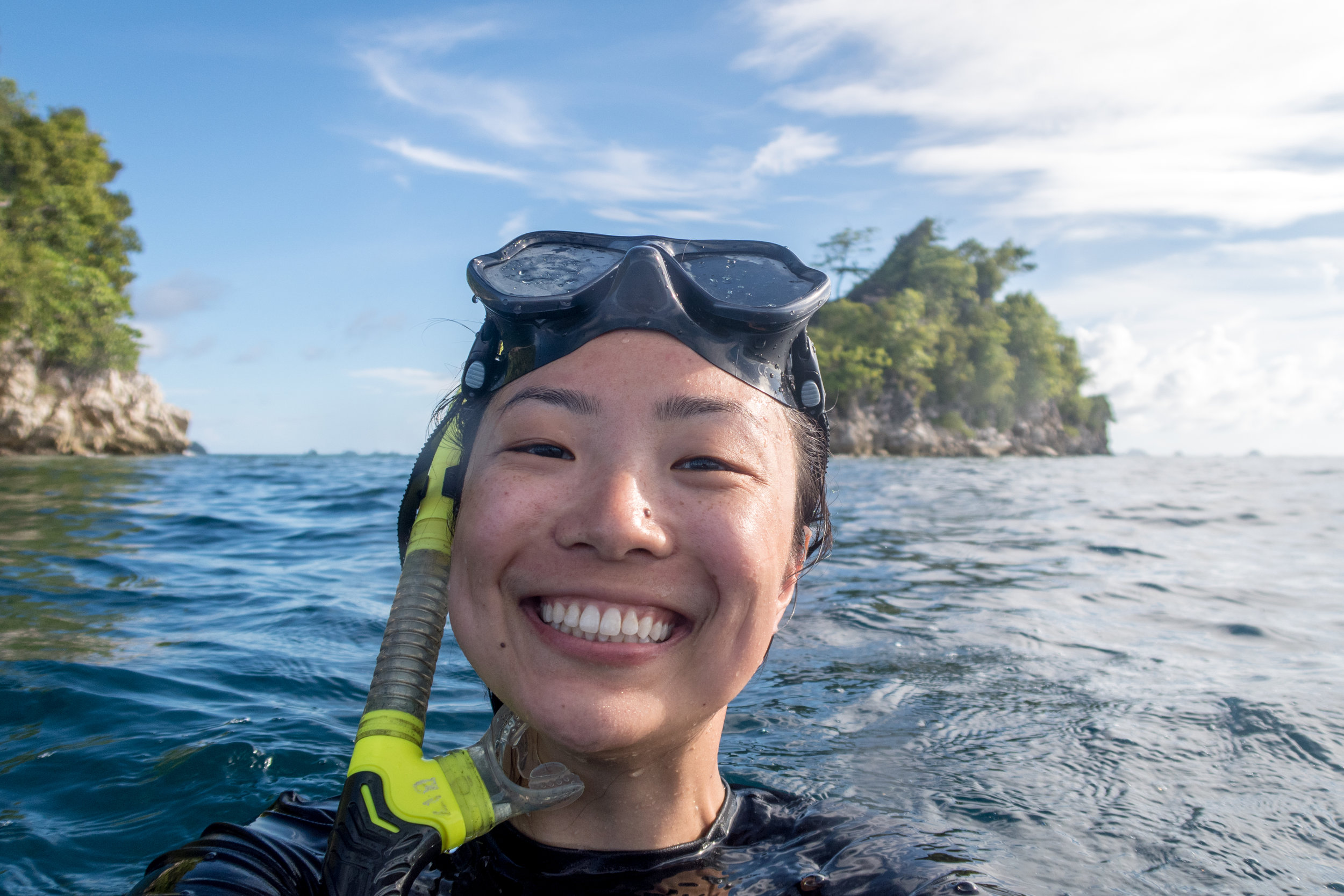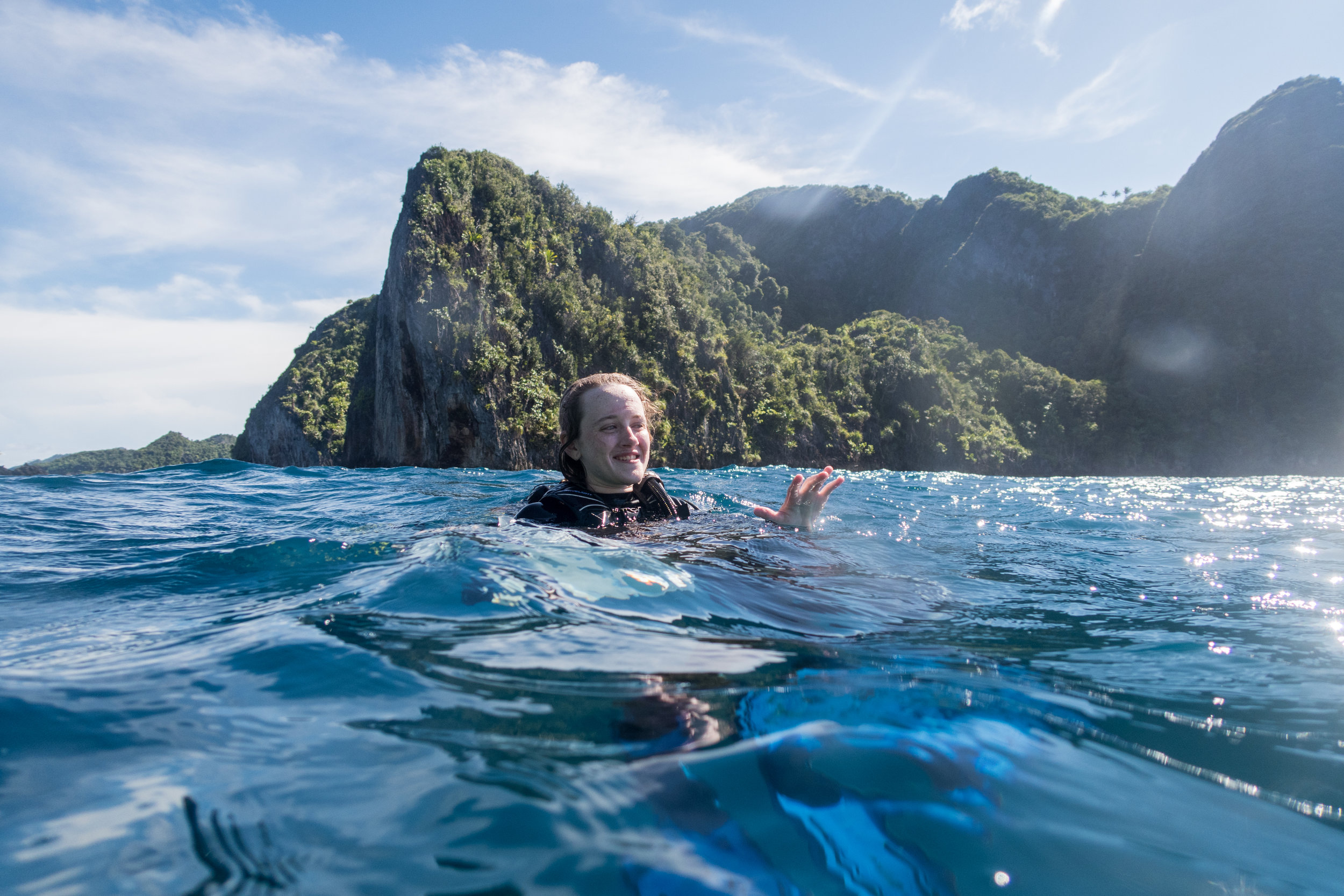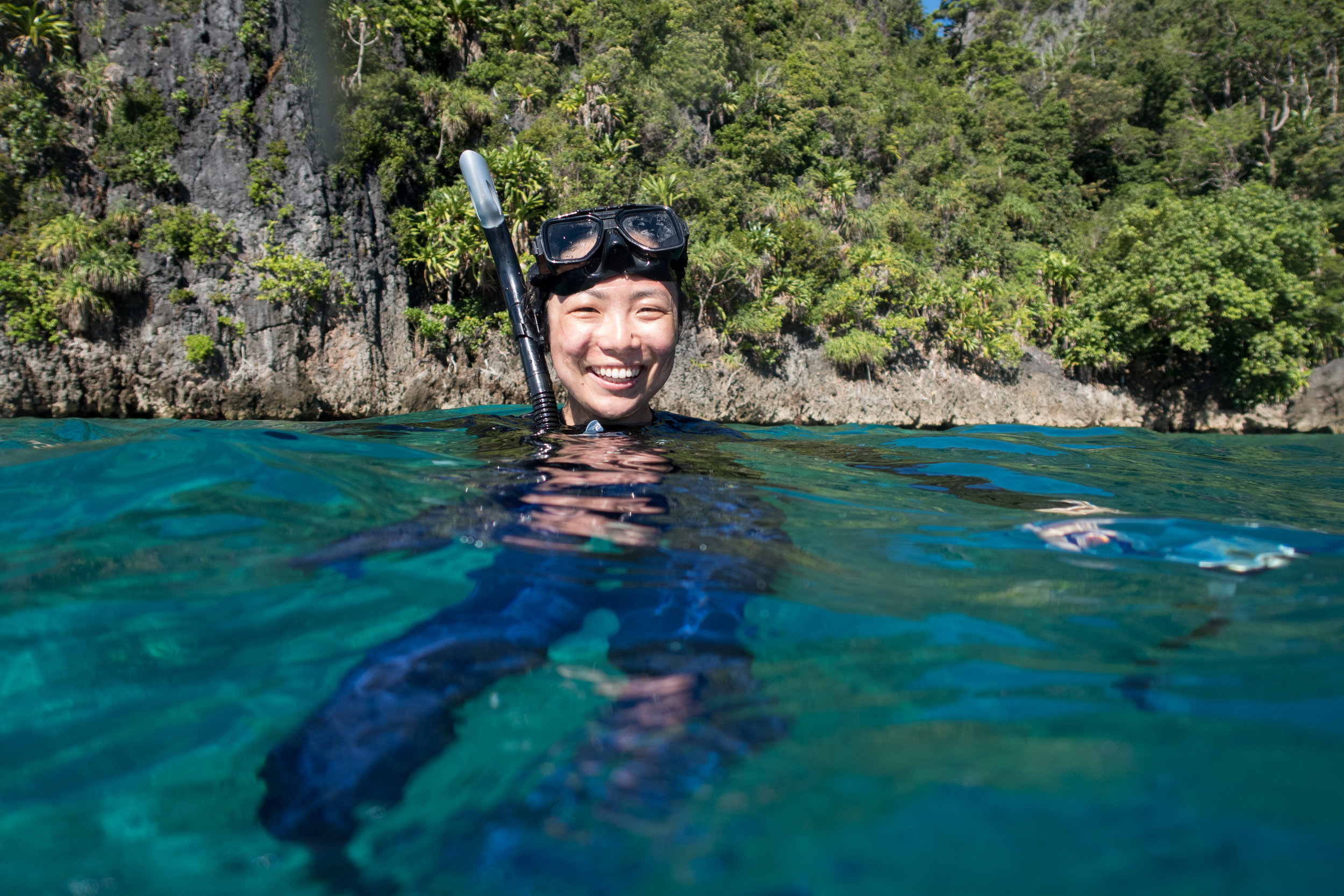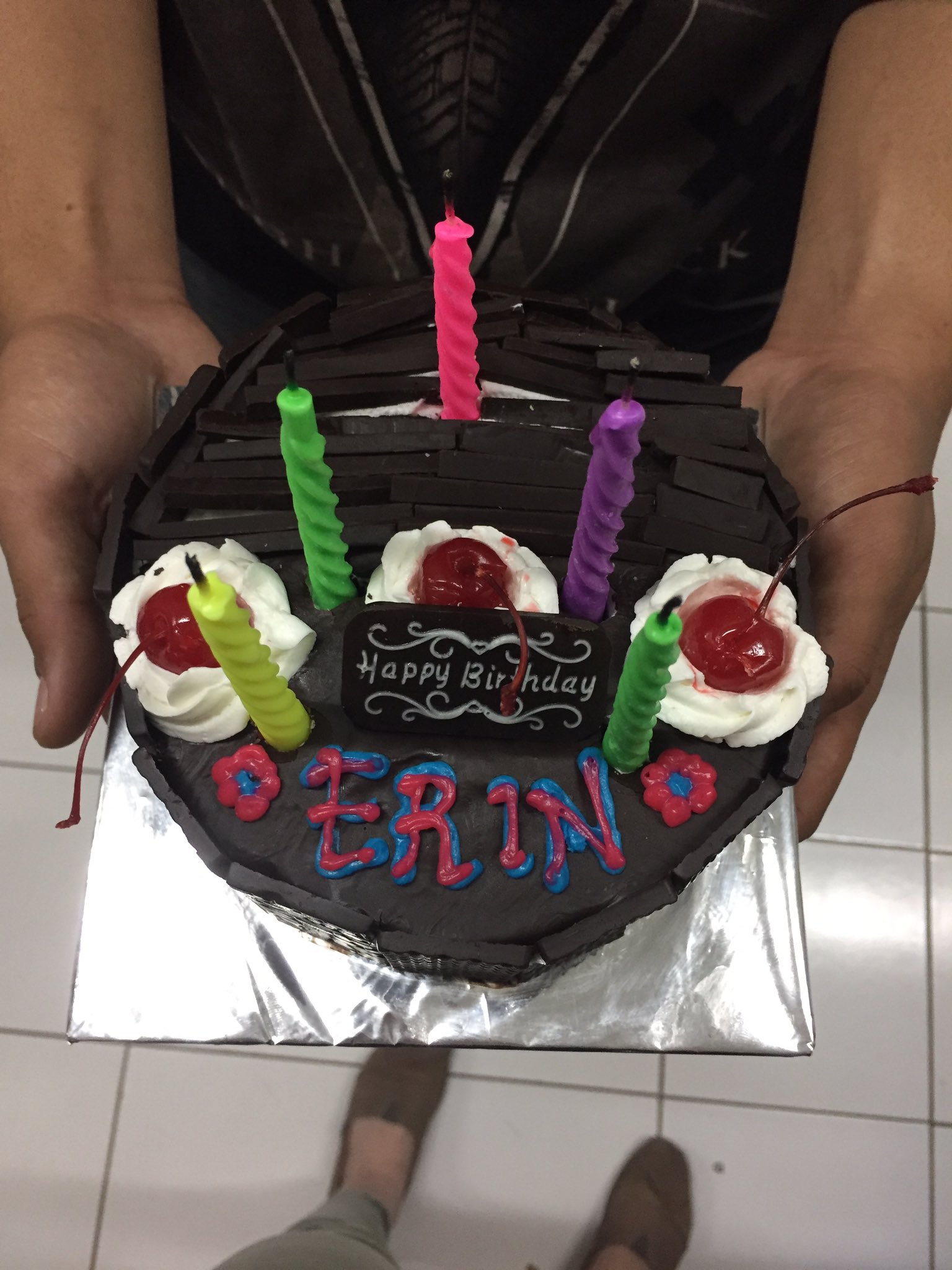Last month a team of URI researchers composed of members of the Humphries and Lane Labs joined collaborators in Indonesia for a data collection trip to Misool Conservation and Marine Reserve in Raja Ampat, Indonesia. Raja Ampat’s coral reefs support the world’s greatest biodiversity, making it an important site for understanding Indonesia’s coral reef ecosystems.
Professors Austin Humphries and Chris Lane, and PhD students Elaine Shen and Erin Borbee joined Dr. Hawis Maduppa and undergraduate and graduate students of Bogor Agricultural University (IPB) and University of Papua (UNIPA). They were stationed on a liveaboard research vessel to collect coral reef biodiversity and fisheries data from more than 40 sites in Misool. Read on to learn more about the specific roles and activities of each of our URI researchers.
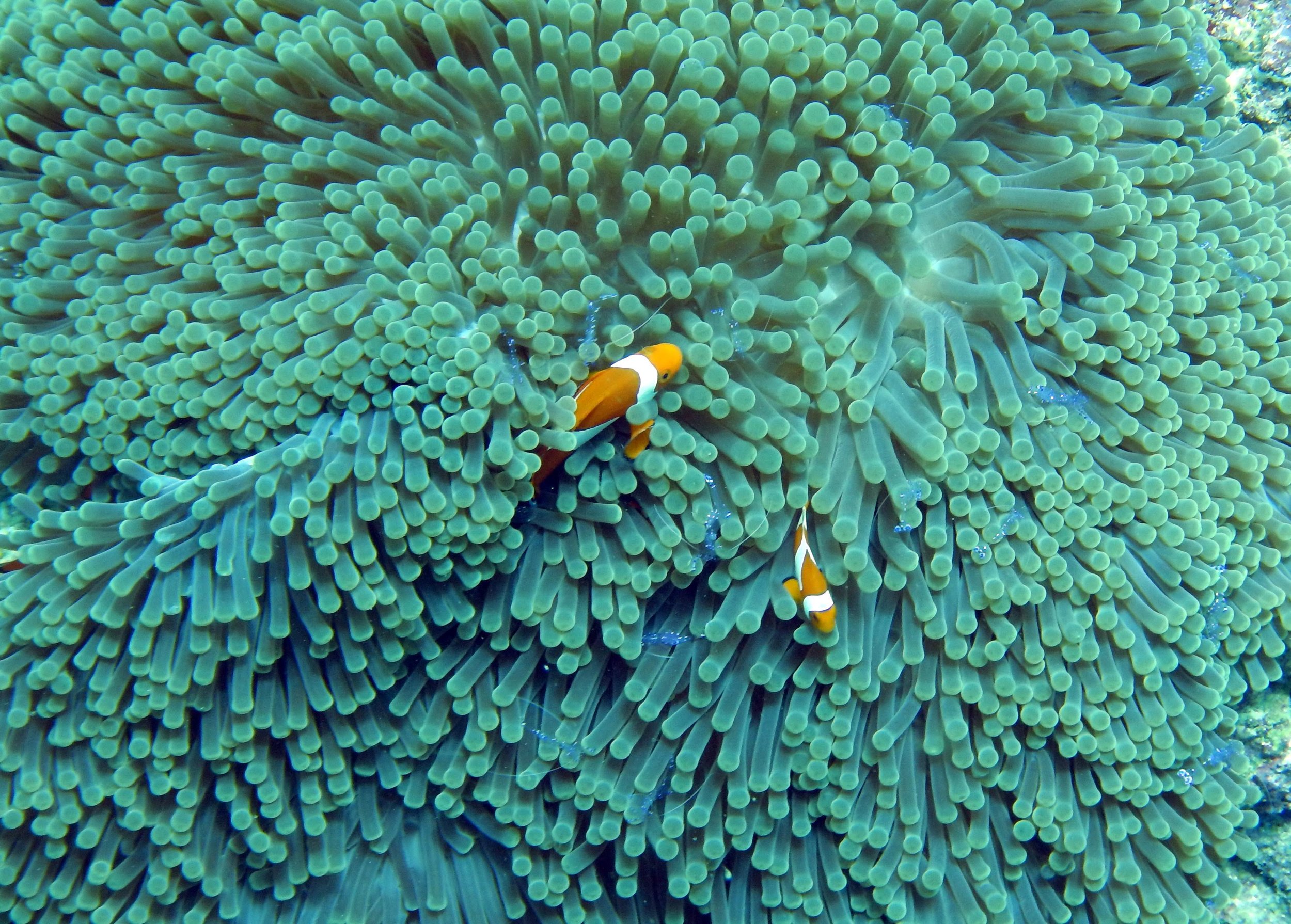




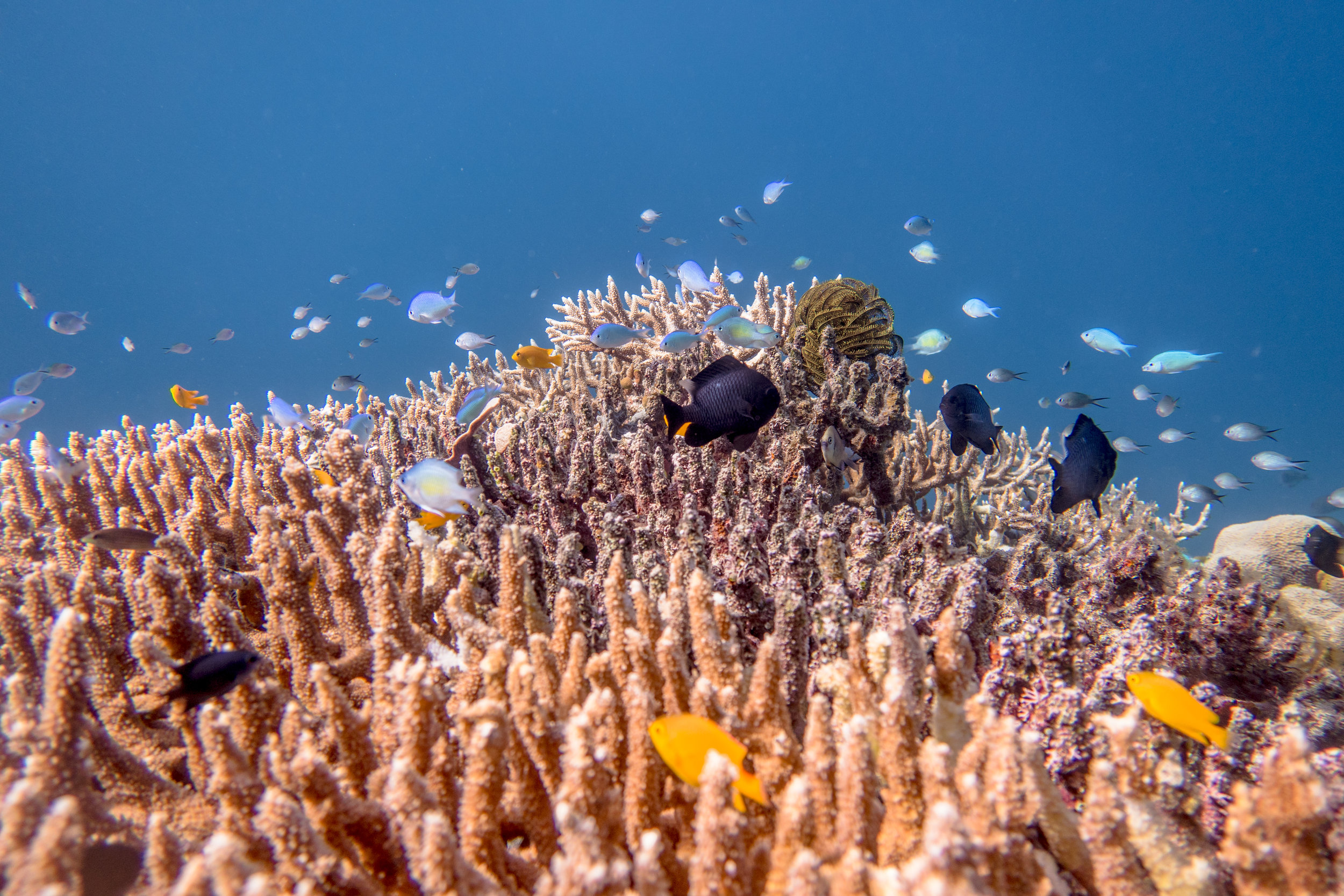
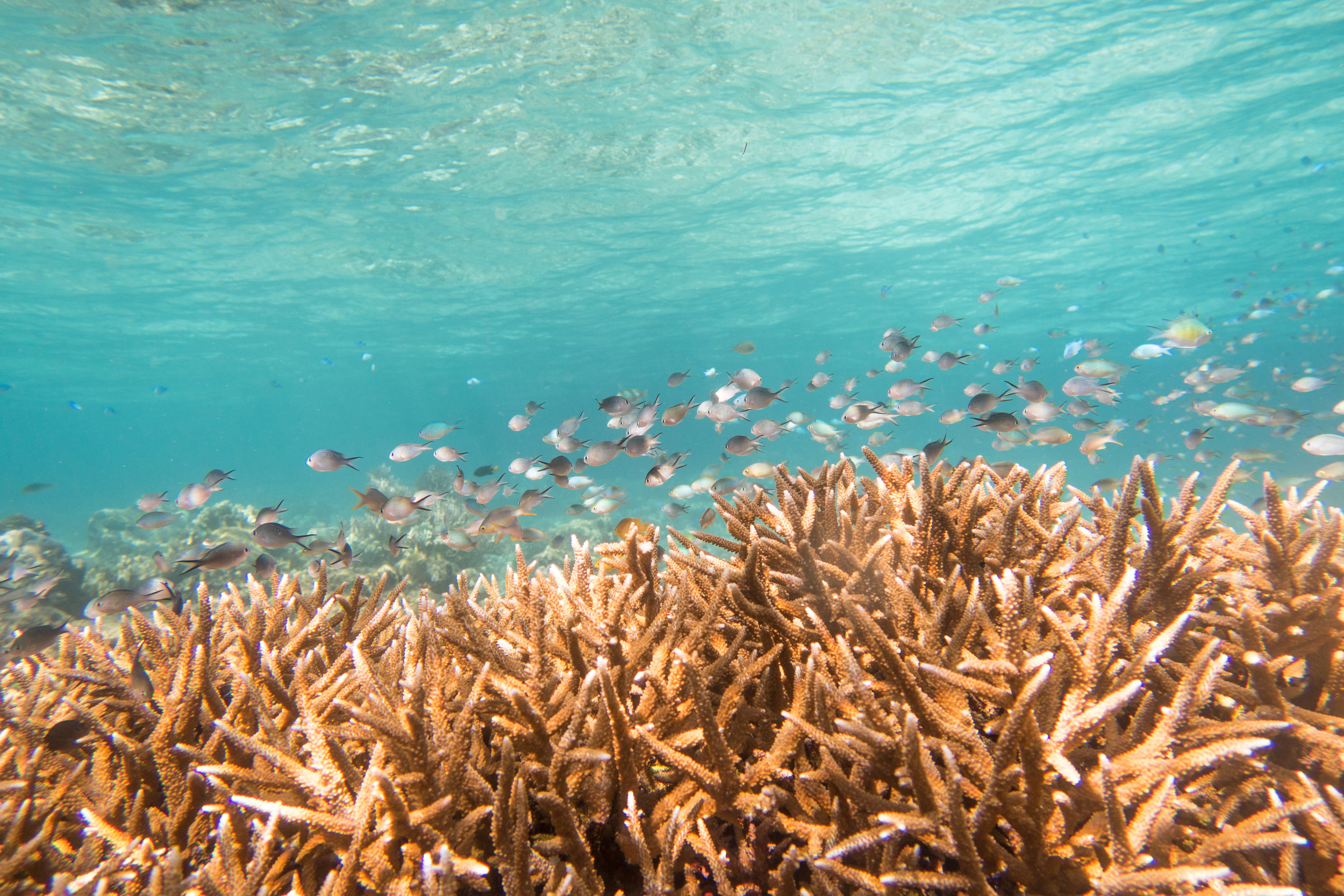
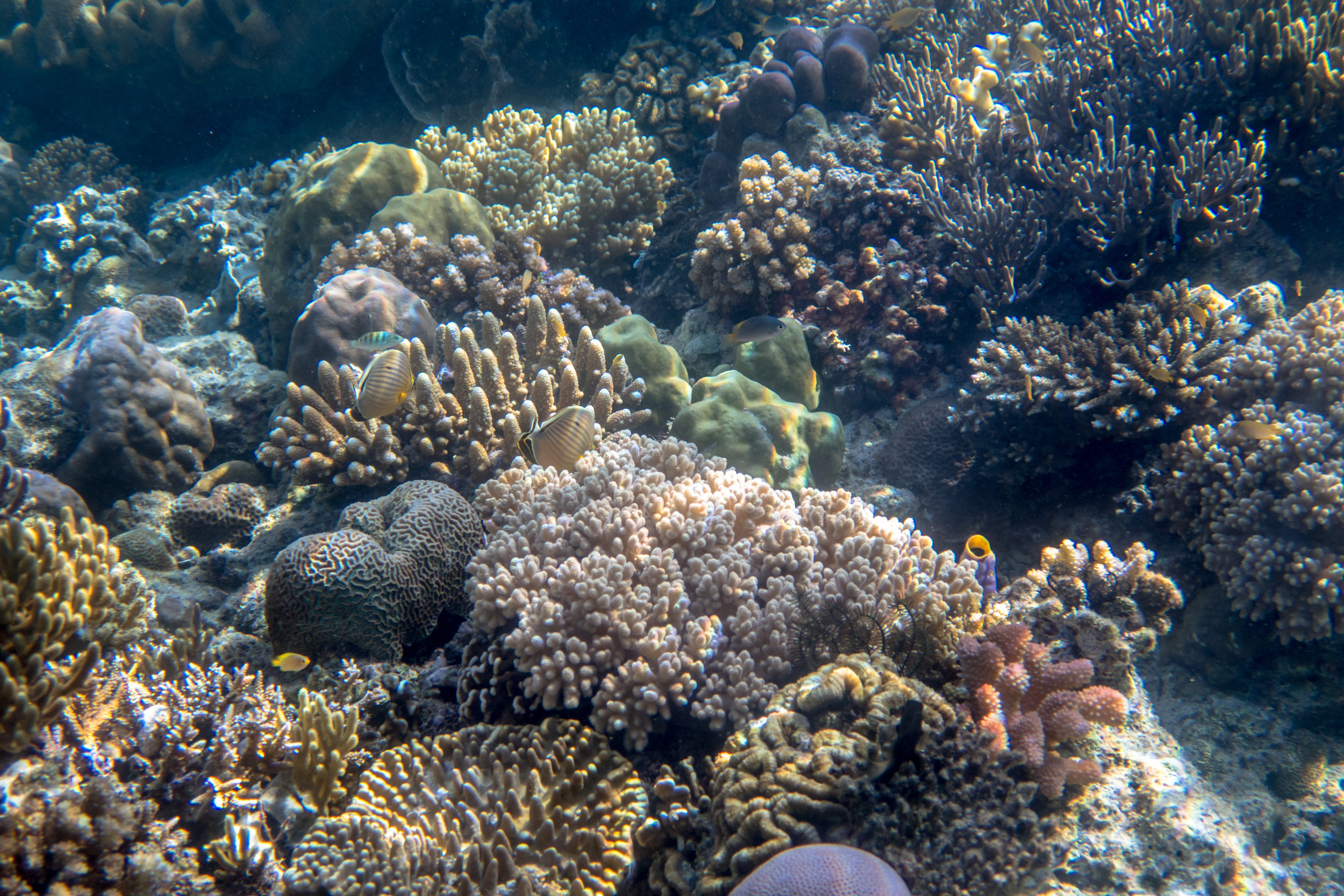
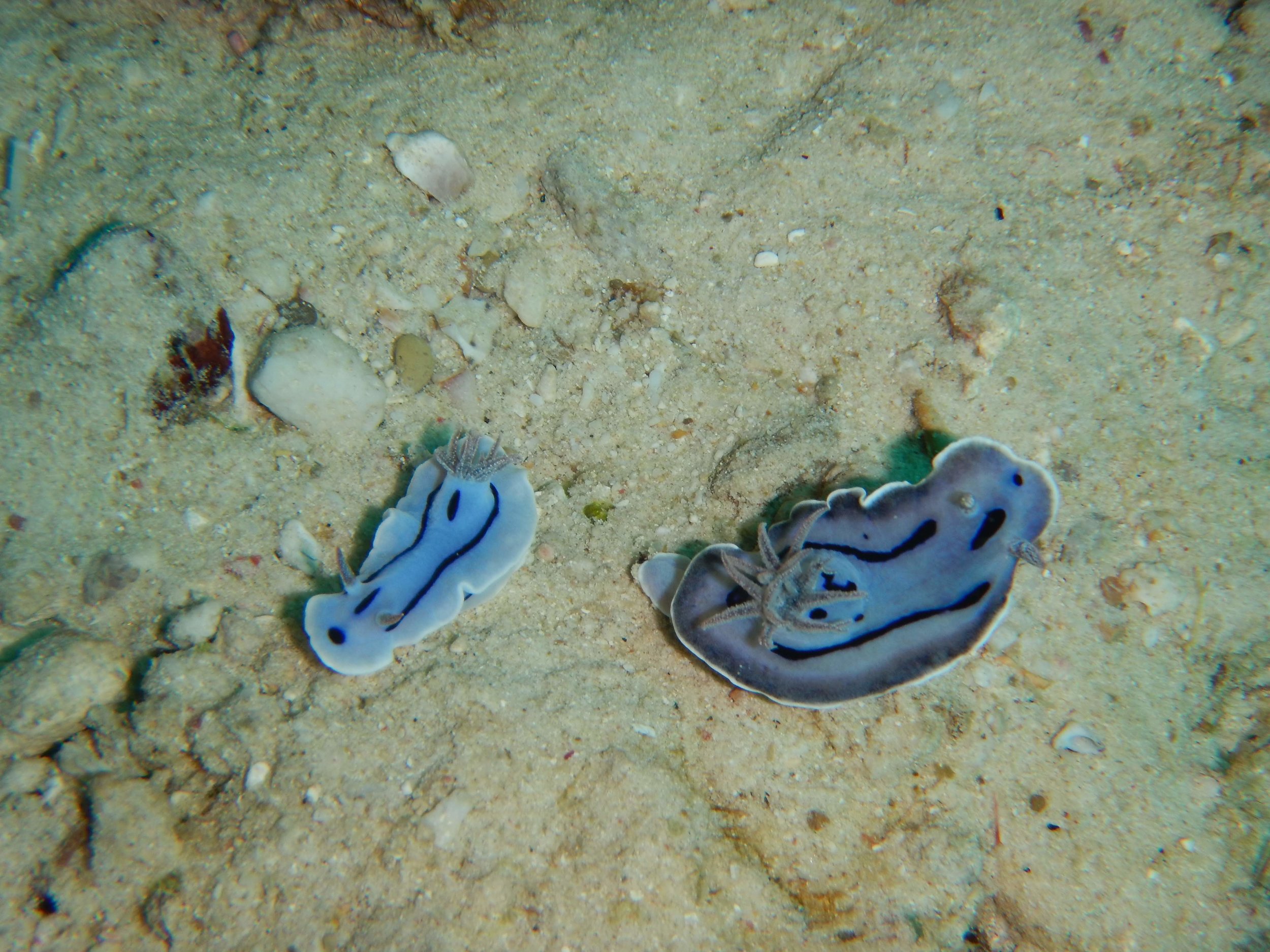
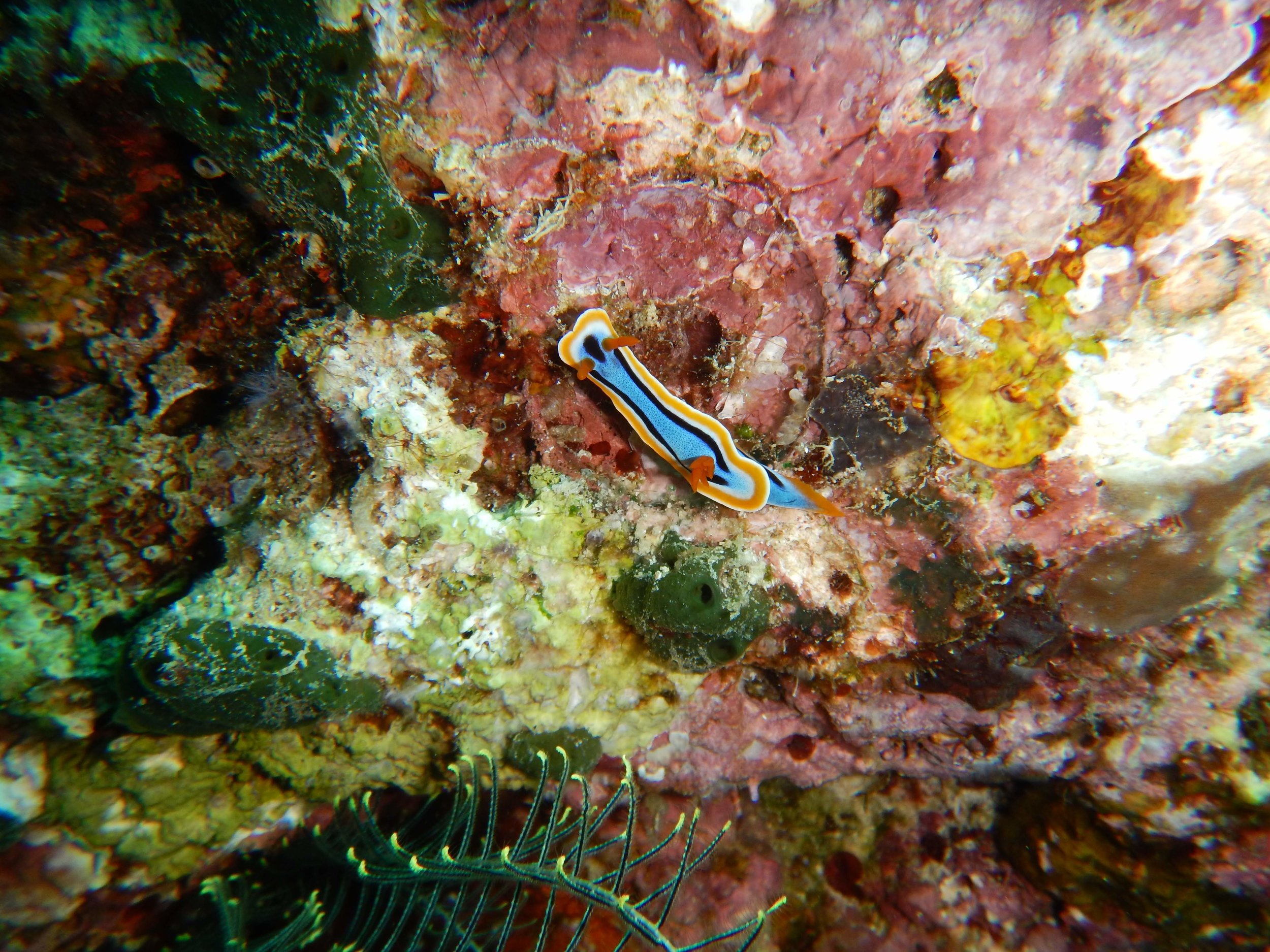
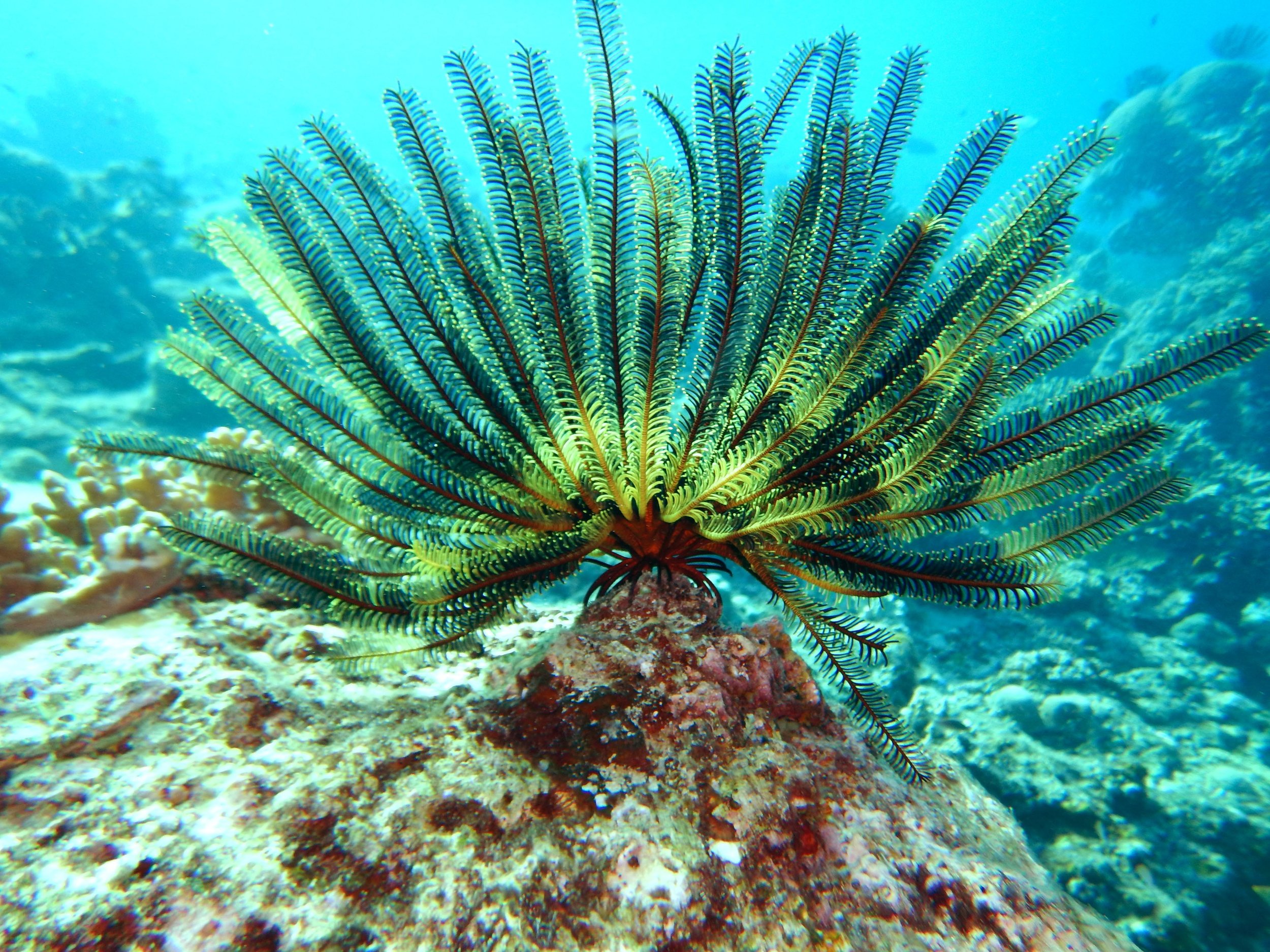
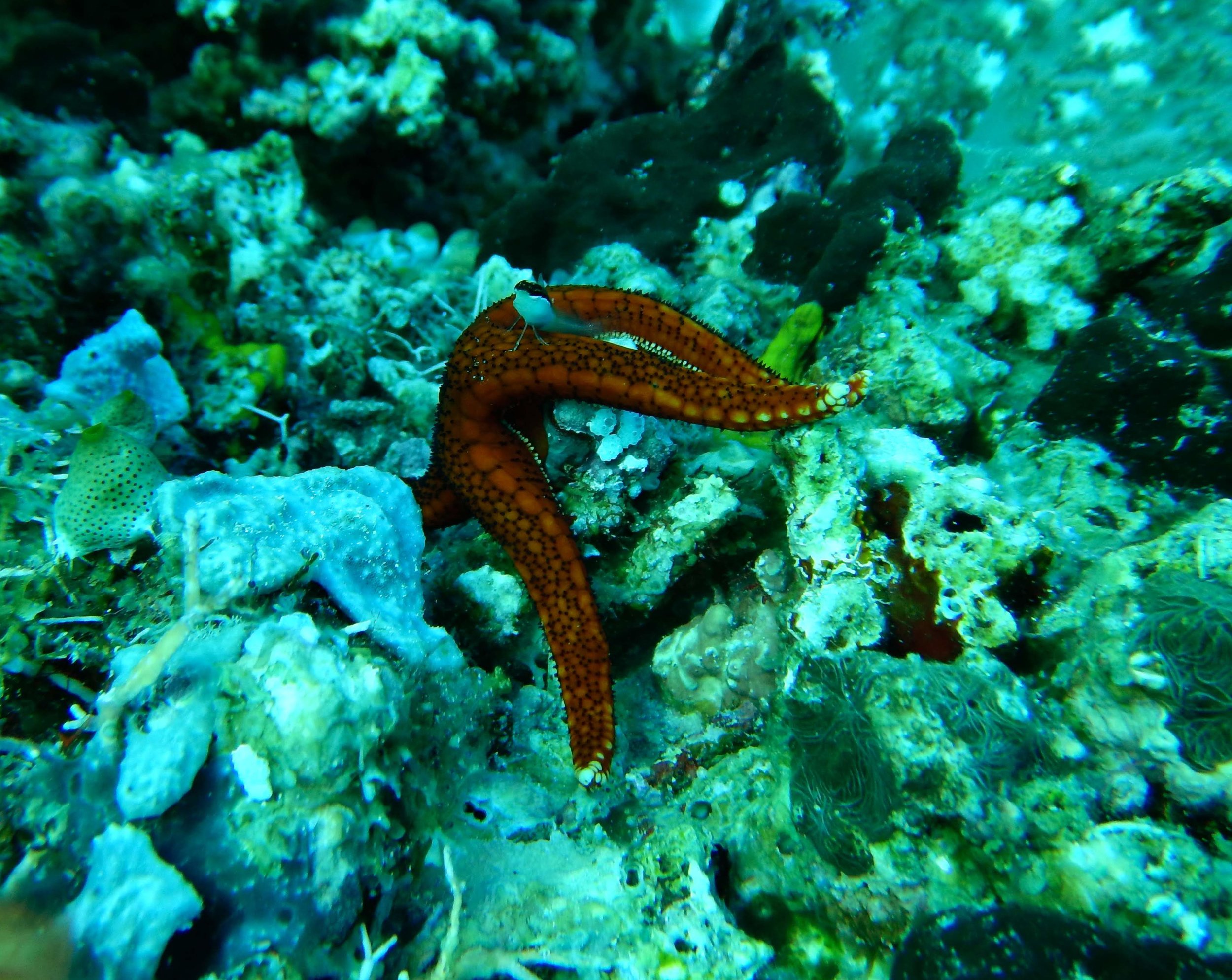
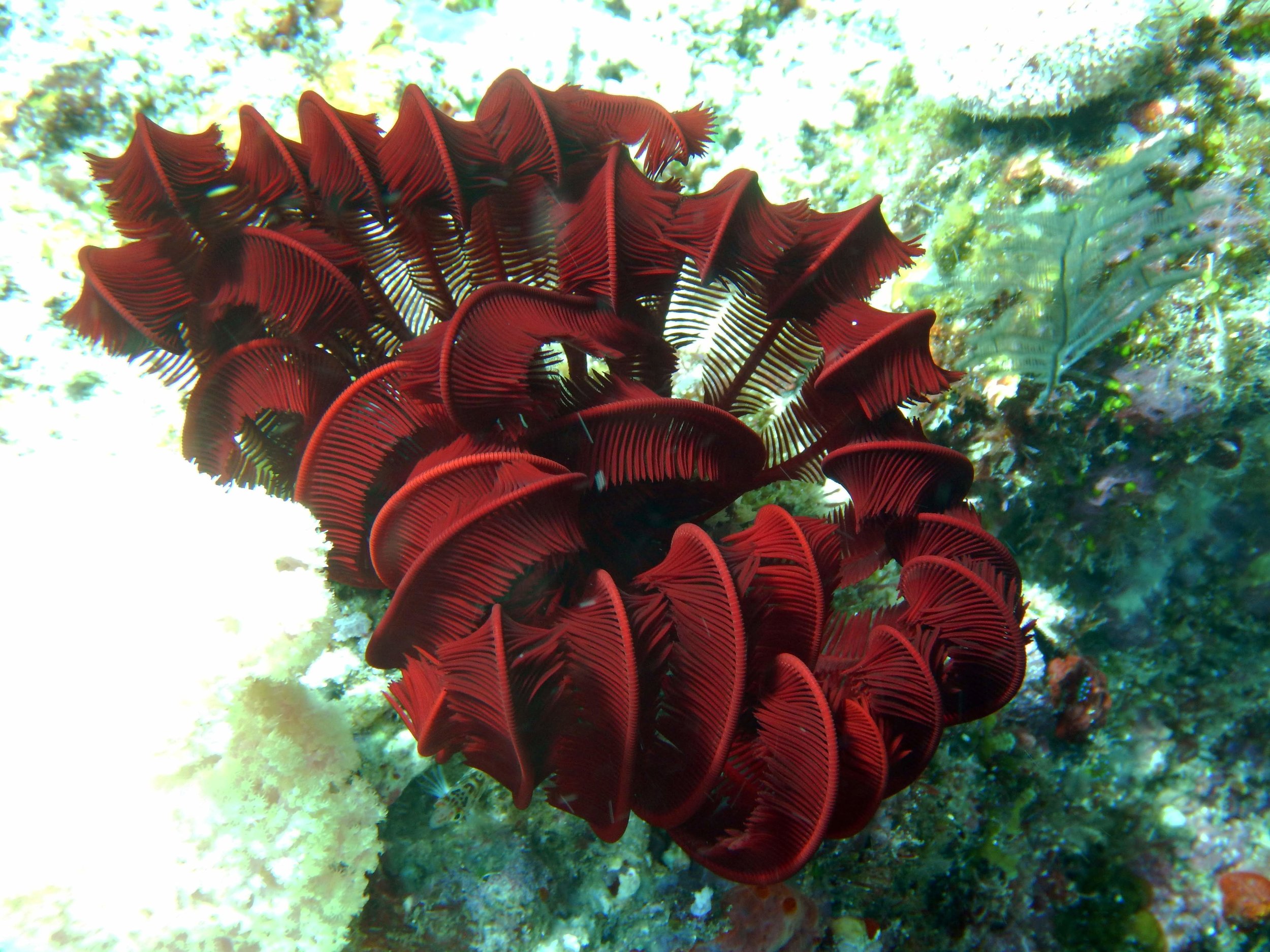
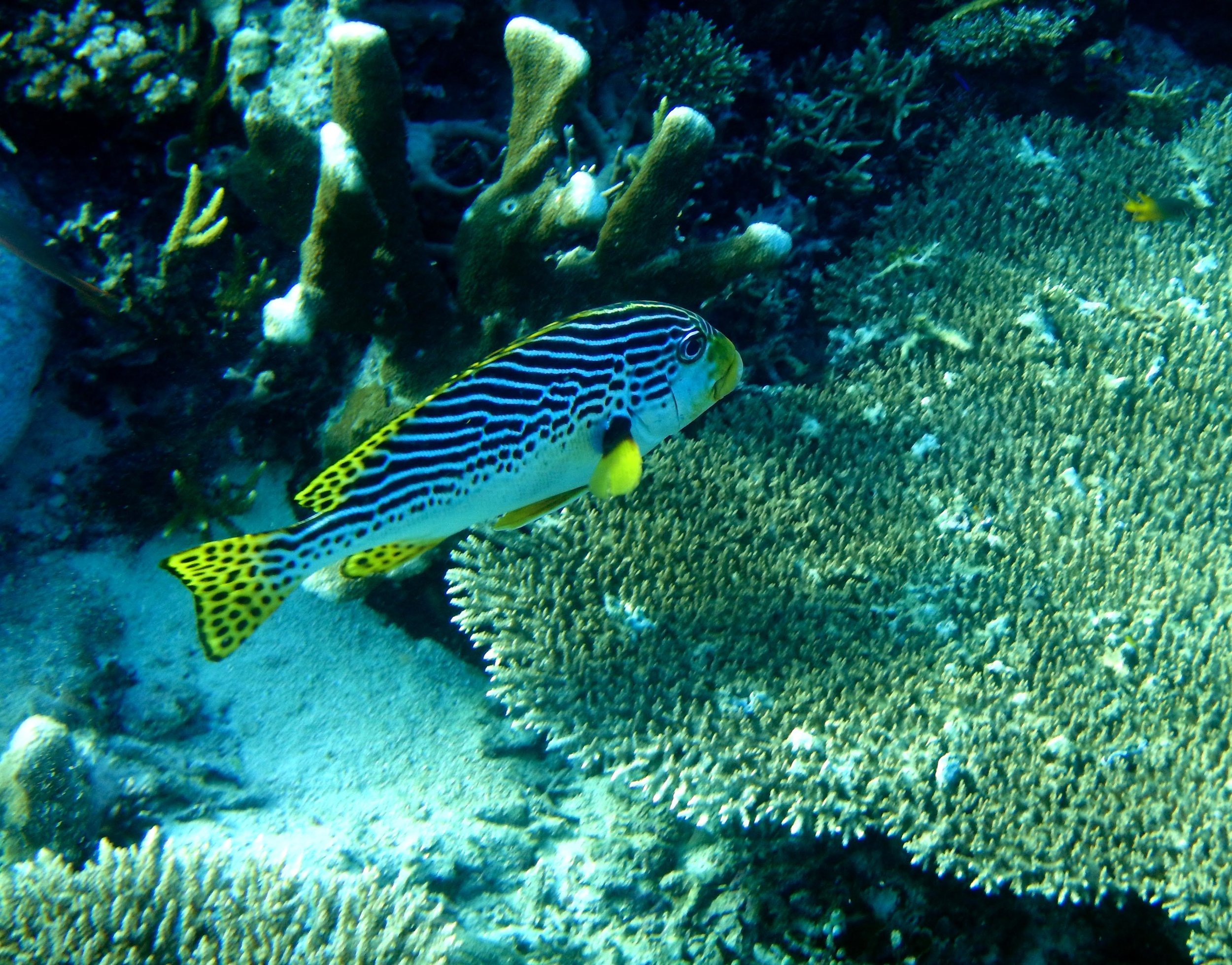
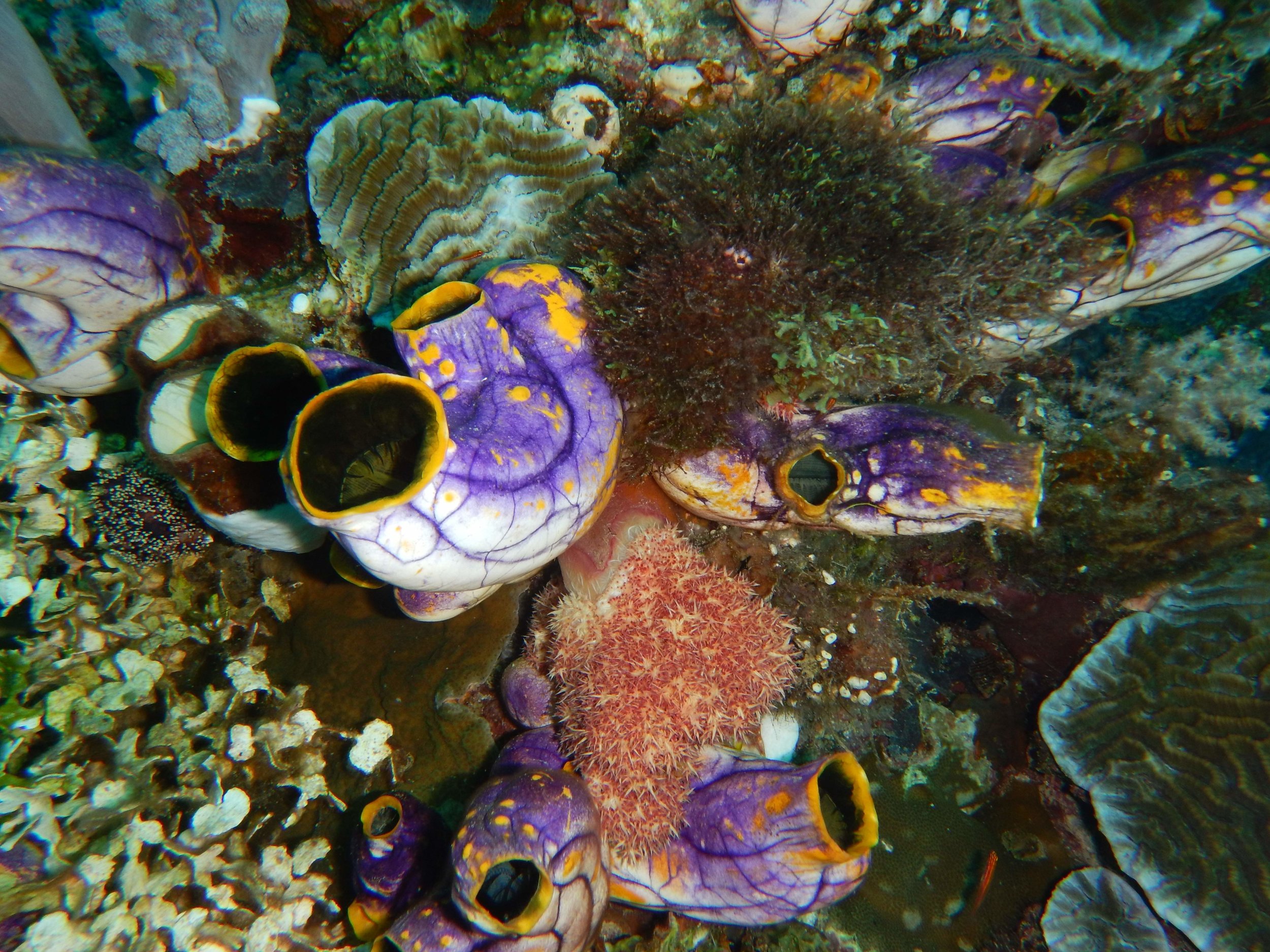
Austin was leading the trip along with Bogor Agricultural University’s Dr. Hawis Madduppa and URI Professor Chris Lane. Austin’s role was to make sure they selected appropriate sites that were intended to represent the broader Misool coral reef environment, from reefs that had abundant coral and fish that see little to no fishing pressure, to reefs more impacted by fishing and/or other factors that reduce species abundance. The overarching goal of this trip was to sample this area that represents a more "pristine" coral reef ecosystem in Indonesia, or area that has a lighter human fingerprint, to give the group a baseline of biodiversity and fisheries. This baseline is important in assessing the efficacy of management and for goal-setting when creating new policies. The team was taking underwater visual censuses as well as collecting gut contents of grouper for DNA analysis and water samples for environmental DNA. By pairing new technology and methods with traditional census techniques, they are able to study the entire foodweb and not just what we can see when underwater. Ultimately, the group is interested in how management might be able to increase fisheries production to support food security in Indonesia, while also considering the impacts on biodiversity.
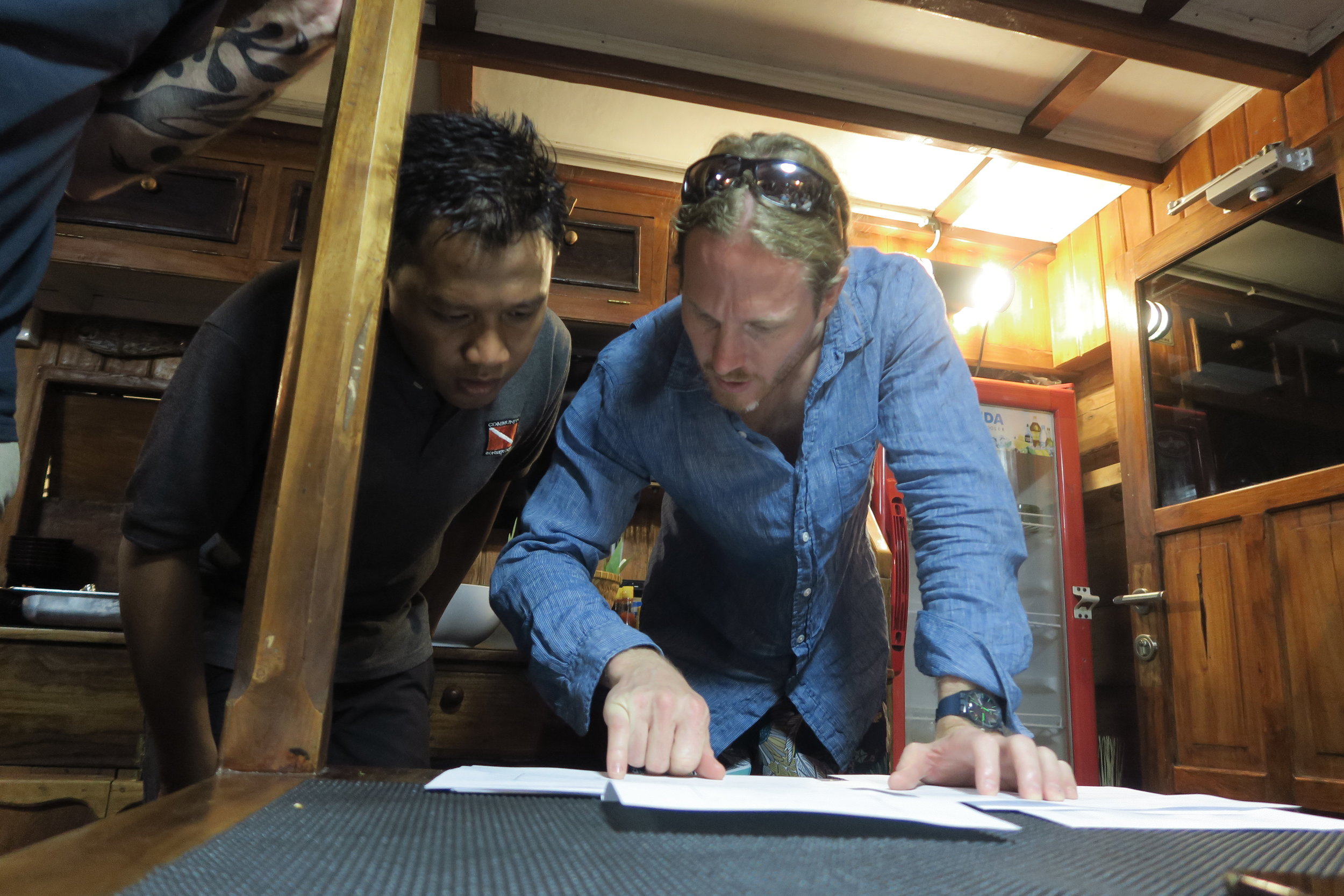
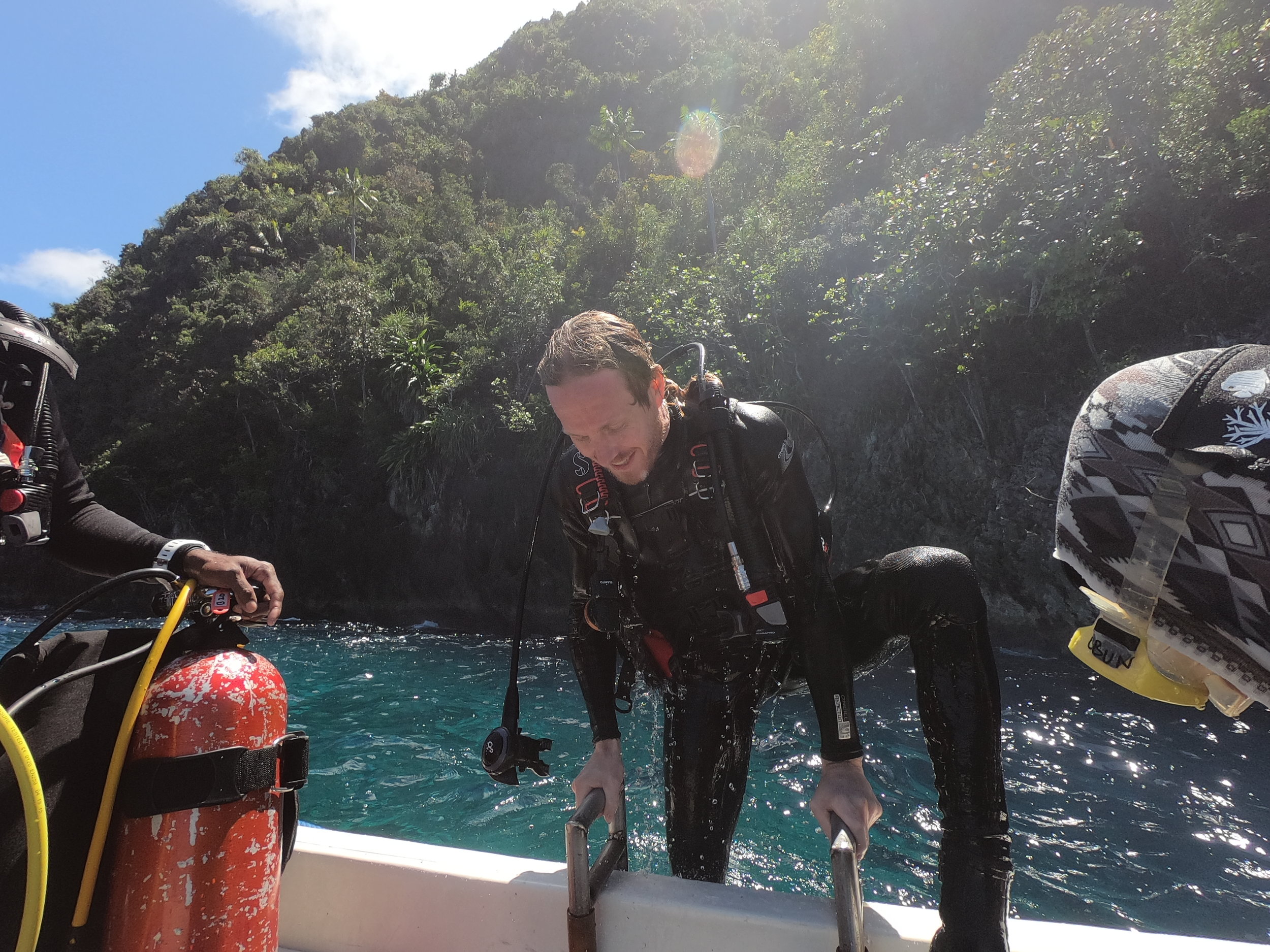
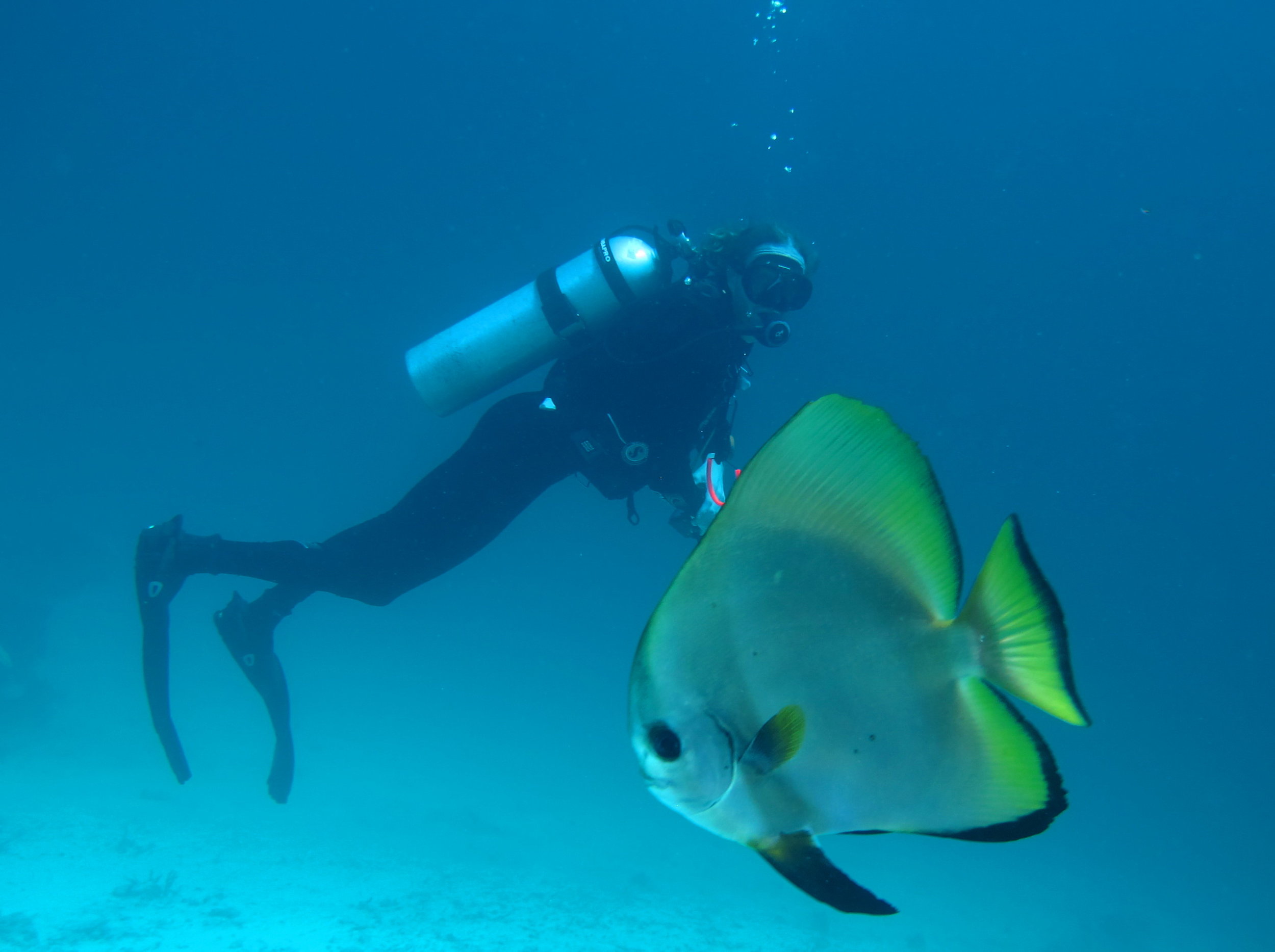
Elaine was a part of the grouper gut content team, where she helped dissect and isolate over 80 grouper stomachs and intestine contents for metagenetic analysis. These groupers were collected from local fishermen who used handlines each morning to capture the fish. She also took fin clip samples of other fish species to begin building a custom genetic database for Indonesian fish. After doing lab work with Erin, Elaine visited Sekotong, Lombok, to learn about coral reef fisheries with students from the University of Mattaram (Awan, Iza, Rahmat). At landing sites and the local market, she was able to collect more unique fin clip samples, totaling her count to ~60 different coral reef fish species.
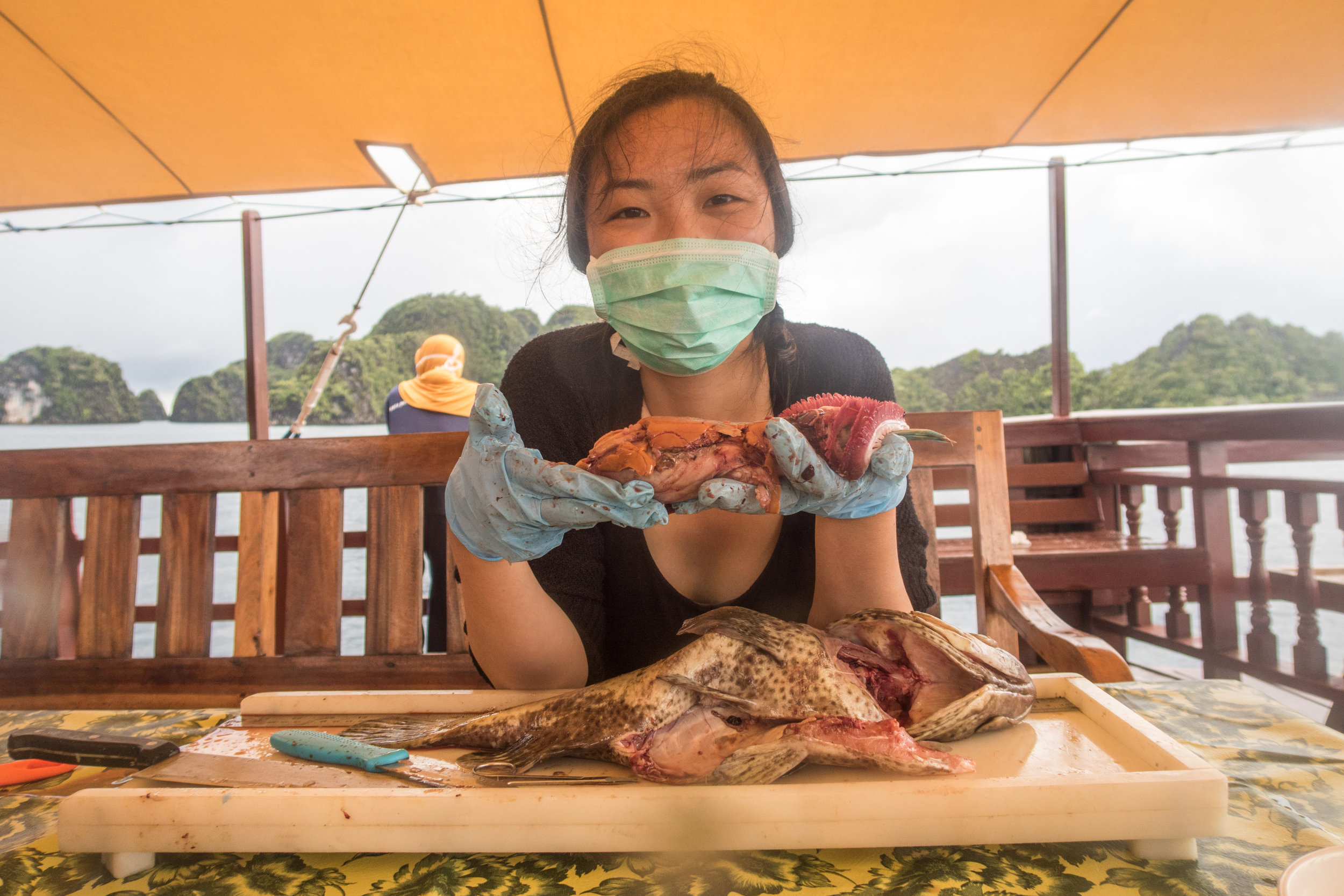
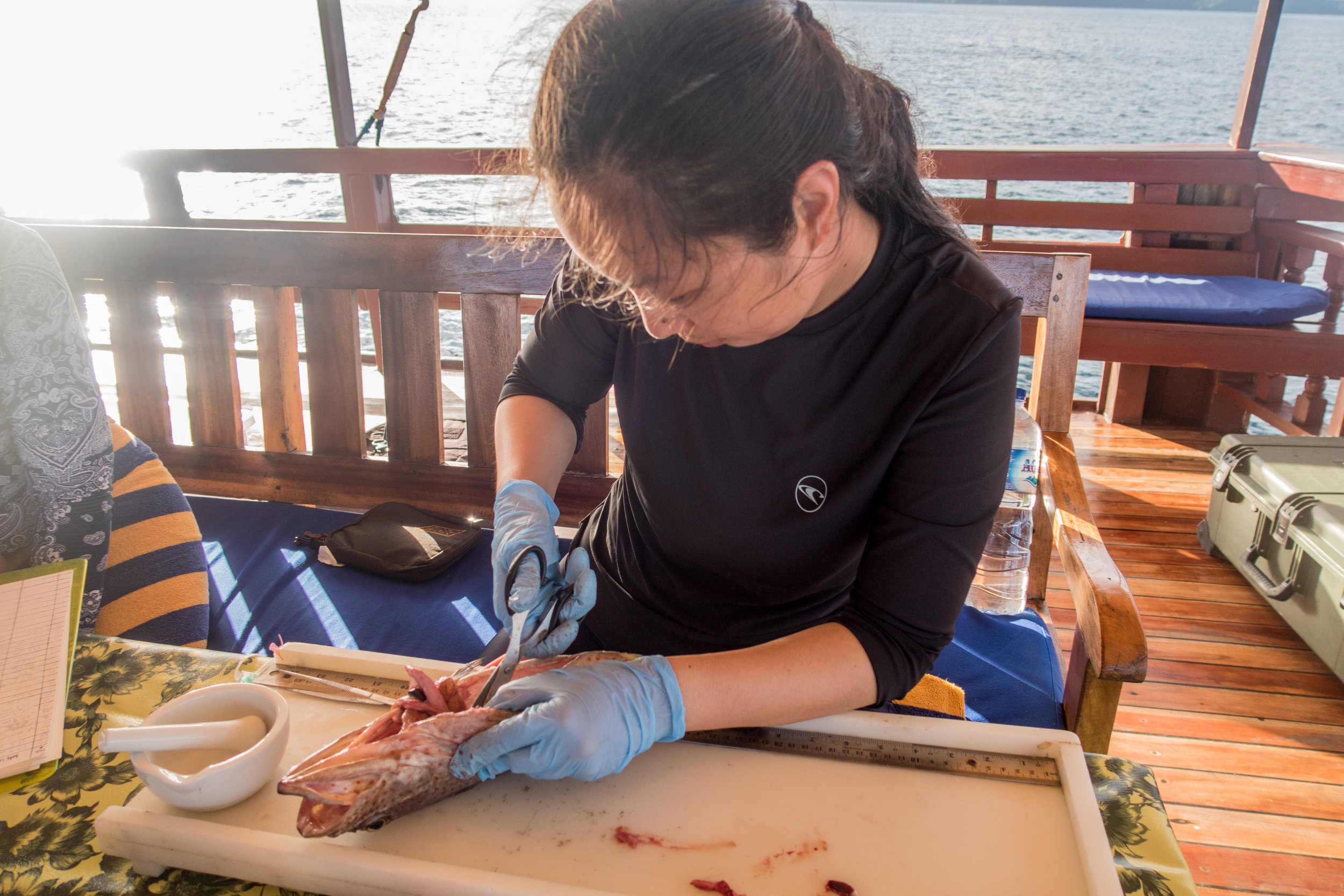





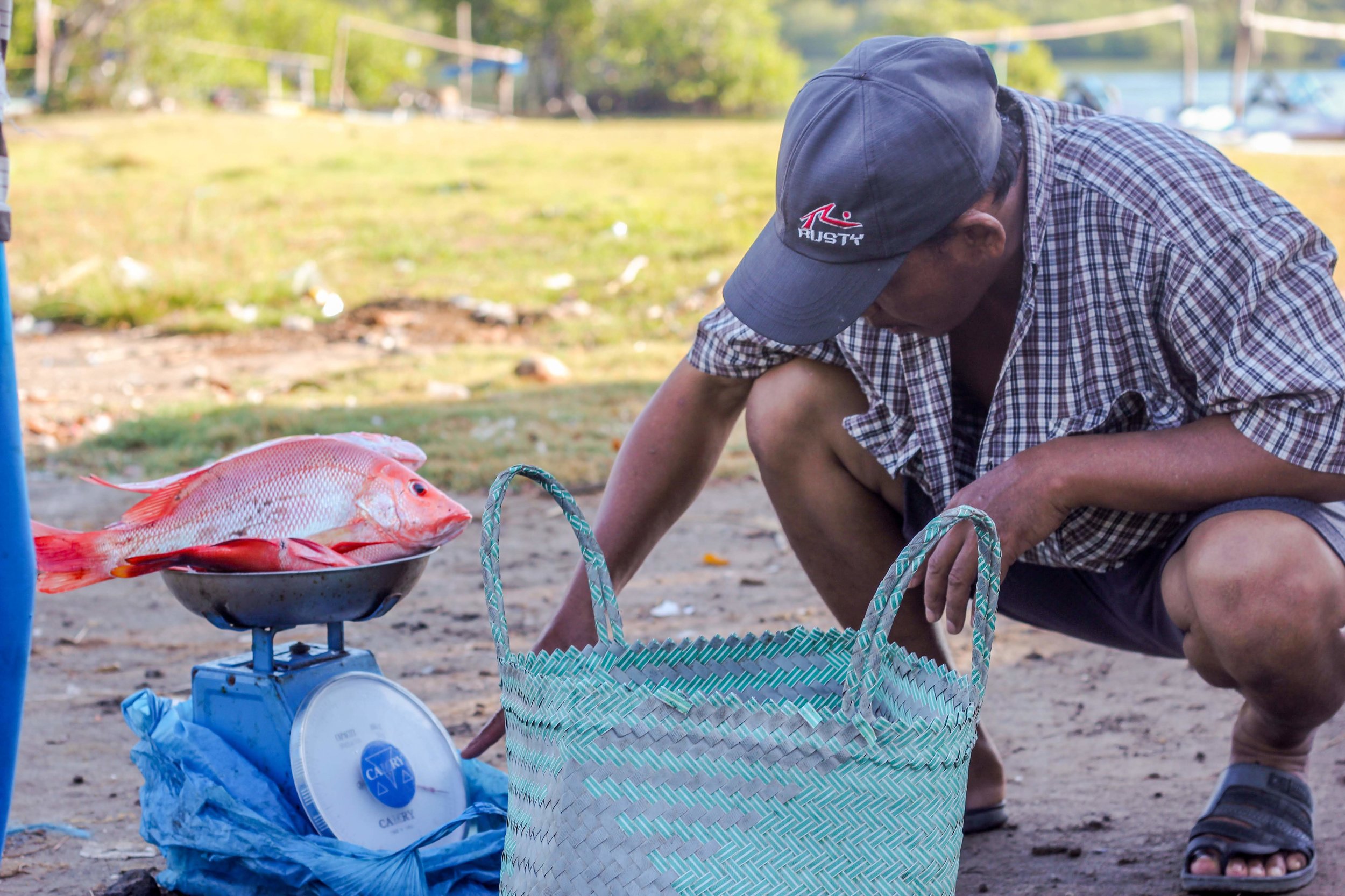
Chris and Erin were a part of the eDNA team, where they dove to collect water samples at sites varying in levels of fisheries management (open access and gear-restricted). Once collected, Chris and Erin would filter the water samples on the boat using a fancy peristaltic pump. Erin stayed with Elaine after fieldwork to process all of the genetic samples (eDNA, gut content, fin clip) at the Biodiversity and Biosystematics Lab at Bogor Agricultural University (IPB) and they mentored students through DNA extraction and PCR. Erin even celebrated her birthday in the lab!
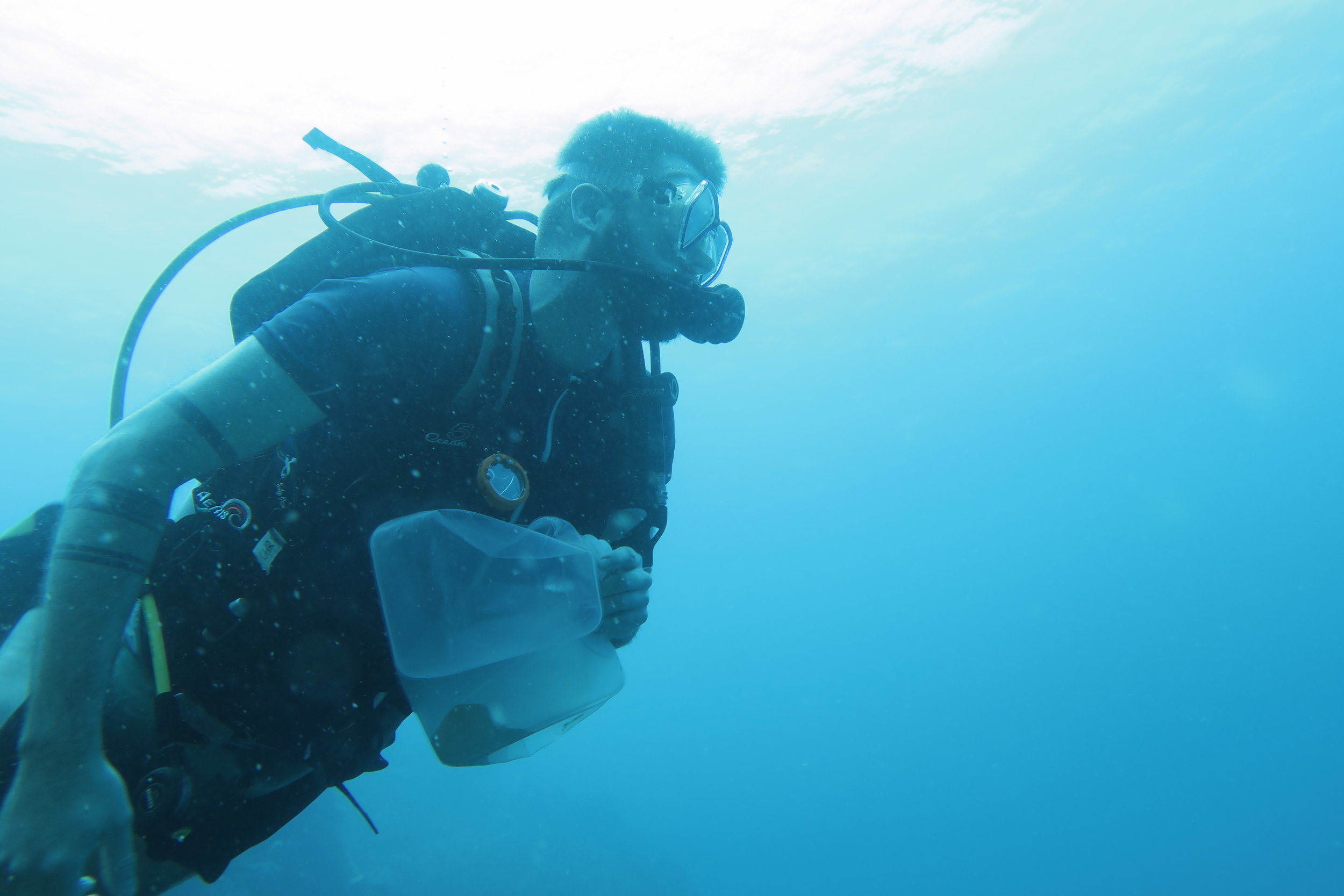




Overall, the trip was an exhausting but highly rewarding data collection effort. Now it’s time to hit the lab and crunch the numbers so we can show you all what we learned. Stay tuned!
PS. Huge thank you to Chris Lane, Erin Borbee, Iqbal Sani, and Budi Pradbowo for photo credits!
Graduate and undergraduate researchers (left to right) Erin, Elaine, Dije, Iqbal, Ubun, and Abby teamed up for fieldwork in Misool.
